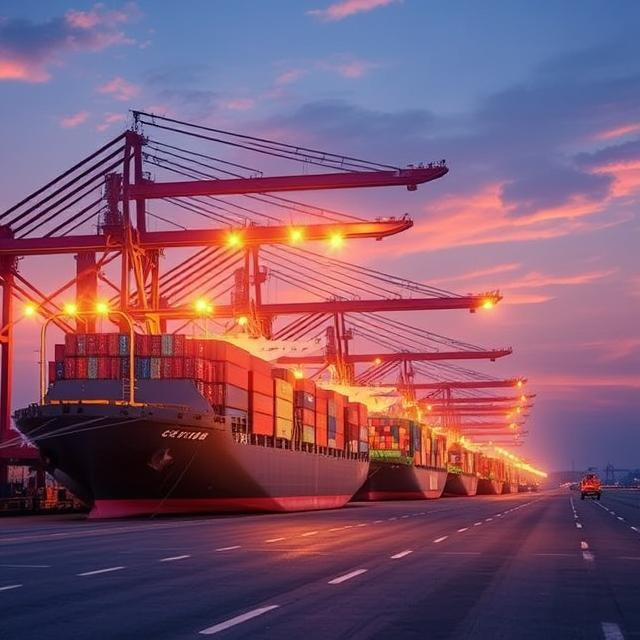Vietnam’s rapidly expanding economy and strong manufacturing base make it an attractive destination for businesses looking to source raw materials, components, or finished goods. However, navigating procurement in Vietnam requires careful planning, understanding of local regulations, and strong supplier relationships. This guide outlines key considerations for businesses looking to optimize procurement in Vietnam.
1. Understanding Vietnam’s Procurement Landscape
Vietnam is a major global sourcing hub for industries such as textiles, electronics, furniture, and agricultural products. The country offers competitive costs, skilled labor, and a growing network of suppliers. However, businesses must navigate challenges such as regulatory requirements, supply chain disruptions, and cultural differences when working with Vietnamese suppliers.
2. Supplier Selection & Evaluation
Choosing the right supplier is critical to ensuring quality and reliability. Businesses should:
- Conduct thorough due diligence, including background checks and site visits.
- Evaluate suppliers based on quality certifications (ISO, GMP, etc.), production capacity, and financial stability.
- Compare pricing and negotiate favorable contract terms, including payment schedules and delivery timelines.
3. Regulatory & Compliance Requirements
Understanding Vietnam’s procurement laws is essential for smooth operations. Key considerations include:
- Import and export regulations, including tariffs and duties.
- Compliance with labor laws, environmental regulations, and tax policies.
- Contractual agreements that align with Vietnamese business laws and protect intellectual property.
4. Supply Chain & Logistics Management
Efficient supply chain management is crucial for minimizing delays and reducing costs. Businesses should:
- Assess Vietnam’s logistics infrastructure, including road, rail, and port facilities.
- Leverage technology such as IoT and AI to enhance supply chain visibility.
- Work with reliable freight forwarders and customs brokers to streamline import/export processes.
5. Risk Management in Procurement
To mitigate risks associated with sourcing from Vietnam, businesses should:
- Diversify supplier networks to avoid over-reliance on a single vendor.
- Establish contingency plans for supply chain disruptions, such as geopolitical issues or natural disasters.
- Regularly review supplier performance to ensure consistent quality and reliability.
6. Leveraging Technology for Procurement Efficiency
Digital procurement tools can enhance efficiency and transparency. Businesses should consider:
- Using procurement software to automate sourcing, vendor management, and contract negotiation.
- Implementing blockchain technology for secure and transparent supply chain tracking.
- Utilizing AI-driven analytics to optimize procurement strategies and demand forecasting.
7. Cultural & Business Etiquette Considerations
Building strong relationships with Vietnamese suppliers requires understanding local business practices. Businesses should:
- Show respect for hierarchy and formal business communication styles.
- Invest time in face-to-face meetings to establish trust and long-term partnerships.
- Understand negotiation styles, as Vietnamese suppliers often expect flexibility in contract discussions.

